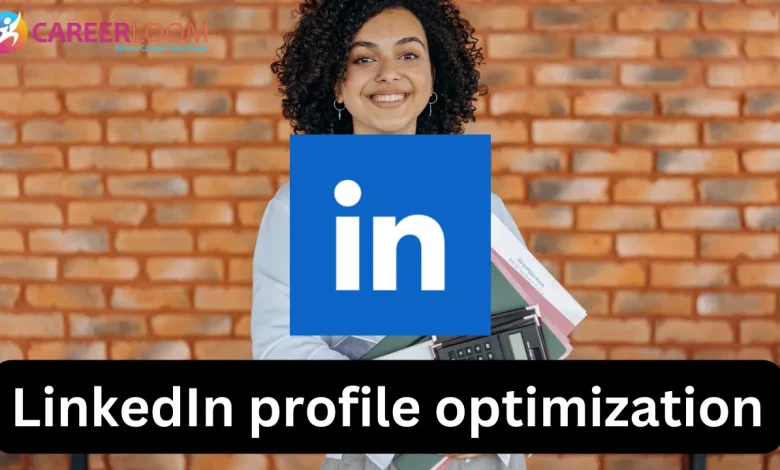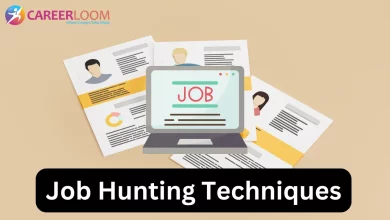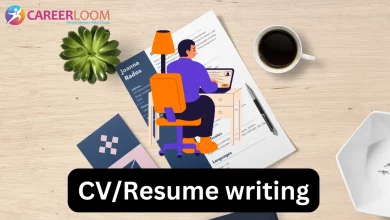Optimizing Your LinkedIn Profile: Building a Strong Online Presence

When it comes to career growth, networking, or even just establishing a professional identity, your LinkedIn profile is more important than you might think. Imagine your LinkedIn page as your digital handshake—a chance to make a first impression, connect with opportunities, and showcase your expertise. But let’s be honest: you can’t just slap together a half-hearted profile and expect it to magically open doors for you. Optimizing your LinkedIn profile is an art and a science that requires strategy, authenticity, and a bit of finesse.
So, how exactly can you fine-tune your profile to not only look professional but also stand out in the crowded online job market? In this post, we’ll dive deep into the ins and outs of building a LinkedIn profile that truly works for you. From crafting a compelling headline to writing a summary that tells your story, we’ll break down each key element of the profile and give you actionable tips for making it shine. Let’s get started!
Why Is Optimizing Your LinkedIn Profile Important?
In today’s digital-first world, LinkedIn has become the platform for professionals to network, job-hunt, and showcase their skills. But without optimization, your profile could be just another drop in the ocean. Think about it: recruiters and potential employers spend mere seconds looking at a profile before deciding if you’re worth their time. If your LinkedIn profile isn’t optimized, you’re likely missing out on countless opportunities.
Optimizing your LinkedIn profile ensures that it stands out, aligns with your career goals, and gets the attention it deserves. Whether you’re job-hunting, looking to grow your network, or positioning yourself as a thought leader in your field, having a polished profile is critical. The more optimized your profile, the more likely you are to be discovered by the right people, for the right reasons.
What Are the Key Elements of an Optimized LinkedIn Profile?
When it comes to LinkedIn, first impressions matter. You don’t have much time to grab someone’s attention, so you need to make every section of your profile count. From your profile picture to your work experience, each element should be purposeful and speak to your professional narrative. Here’s a quick breakdown of the most important sections you need to focus on:
- Profile Photo: Your face should be clear, well-lit, and professional.
- Headline: This isn’t just your job title—use it to showcase your expertise.
- About Section: Your chance to tell your professional story and highlight your value.
- Experience: Focus on achievements and measurable results, not just duties.
- Skills: Endorsements and relevant skills that align with your goals.
- Recommendations: Testimonials from colleagues or supervisors that add credibility.
By optimizing these sections, you’ll increase your chances of being noticed and creating a strong impression.
How to Choose the Right Profile Picture for LinkedIn?
Your profile picture is your first chance to show who you are professionally. It might sound trivial, but it makes a huge difference. Think of it as your professional ‘face-to-face’ greeting. If your picture is blurry, too casual, or unprofessional, it can hurt your credibility before you’ve even started.
When choosing a profile picture, ensure that your face is clearly visible. Ideally, the photo should be a headshot with a neutral or light background. Dress professionally—you don’t need a suit and tie, but your outfit should match the type of job or industry you’re targeting. Keep your expression approachable but confident. If you look friendly, competent, and polished, you’re more likely to attract connections and opportunities.
Example:
If you’re a graphic designer, you don’t have to wear a suit in your photo, but showing up in a neat shirt, with a well-lit background, can make you appear both approachable and professional. This isn’t the place for selfies or vacation photos!
How Do You Write a Standout LinkedIn Headline?
Your headline is the first thing anyone will see when they land on your LinkedIn profile. You need to make sure it captures your essence and sets you apart from the crowd. It should do more than just list your job title—it should communicate your expertise and value proposition. Instead of writing something like “Marketing Manager,” think about what makes you unique in that role.
An optimized LinkedIn headline is concise, compelling, and filled with keywords that attract attention. Try using your headline to demonstrate your impact, such as: “Experienced Marketing Manager Helping Brands Increase Engagement and Drive Sales” or “Data Analyst with Expertise in Predictive Modeling & Business Intelligence Solutions.”
Tip:
Think about what makes you different from others in your industry. What results have you driven? What problems do you solve? Incorporating these elements into your headline will make it more appealing to employers and recruiters.
How to Write an Engaging LinkedIn Summary?
The summary section is where you get to tell your story. This is your chance to speak directly to your audience and show them what you bring to the table. While your headline is more tactical, your summary should be more personal and narrative-driven. Talk about your journey, what excites you in your work, and why you do what you do. Be authentic. This isn’t a place to list qualifications; instead, use it as an opportunity to showcase your passion and accomplishments.
Be clear about your skills, but also let your personality shine through. A well-written summary will show recruiters and employers who you are as a person and a professional. You can also include keywords that align with your industry, so your profile shows up in more searches.
Example:
“I’m a passionate graphic designer who thrives on transforming client ideas into stunning visuals. With over 7 years of experience in digital design, I’ve helped brands elevate their online presence and connect with customers in meaningful ways. Whether it’s creating a logo that tells a brand’s story or designing a website that converts visitors into customers, I’m all about results.”
How Do You Optimize Your Work Experience on LinkedIn?
Listing your work experience might seem straightforward, but there’s a fine art to making it stand out. Don’t just regurgitate your job descriptions; focus on your achievements. Employers want to know what you accomplished in your role, not just what your responsibilities were. Use bullet points to highlight measurable outcomes and results wherever possible. Did you increase sales by 20%? Did you manage a team that launched a successful campaign? Quantify everything you can.
In addition, tailor your work experience to align with the type of roles you’re looking for. Use keywords relevant to your industry to improve your profile’s searchability. Make sure to include specific projects you worked on, as well as any tools or technologies you used.
Example:
Instead of saying:
“Managed social media accounts for a small company.”
You could say:
“Led social media strategy for a small e-commerce company, increasing Instagram followers by 40% in 6 months, and driving a 25% increase in site traffic through targeted ads.”
Why Should You List Skills on LinkedIn?
Skills are one of the most important aspects of your LinkedIn profile because they not only demonstrate your expertise but also make you more searchable. LinkedIn allows you to list up to 50 skills, but quality over quantity is key. Focus on listing the most relevant skills to your industry, role, and career goals. Make sure these skills are endorsed by others as well. Endorsements are powerful social proof that add credibility to your profile.
Tip:
Look at profiles of people in similar roles and industries to see what skills they list. If it makes sense for you, consider adding those as well to expand your skill set and increase your visibility.
How Important Are LinkedIn Recommendations?
Recommendations on LinkedIn act as testimonials, providing credibility and social proof for your expertise. They’re essentially endorsements from colleagues, managers, or clients who can vouch for your work and character. A glowing recommendation can make you stand out in a sea of candidates, but getting one is easier said than done. You’ll need to ask people who are familiar with your work and can speak to your strengths.
When requesting a recommendation, be specific about the type of feedback you’re looking for. If you’re a project manager, you might ask a colleague to highlight your leadership and organizational skills.
Example:
“I worked with Jane on several marketing campaigns and was consistently impressed by her ability to manage complex projects with a keen eye for detail. Her leadership was instrumental in driving the success of our last product launch.”
Conclusion: Making Your LinkedIn Profile Work for You
Optimizing your LinkedIn profile isn’t just about filling out sections and ticking off boxes. It’s about presenting a clear, compelling story of who you are professionally. The more you personalize and optimize your profile, the more likely you are to attract the attention you want—whether that’s from potential employers, clients, or collaborators. With the right headline, summary, experience, skills, and recommendations, you’ll create a profile that helps you stand out and build a strong online presence.
At the end of the day, your LinkedIn profile is a reflection of your professional self, so invest the time to make it shine. By following these tips, you’ll be on your way to creating a LinkedIn profile that not only attracts opportunities but also positions you as an expert in your field. So go ahead—optimize away and start making meaningful connections that can drive your career forward!


